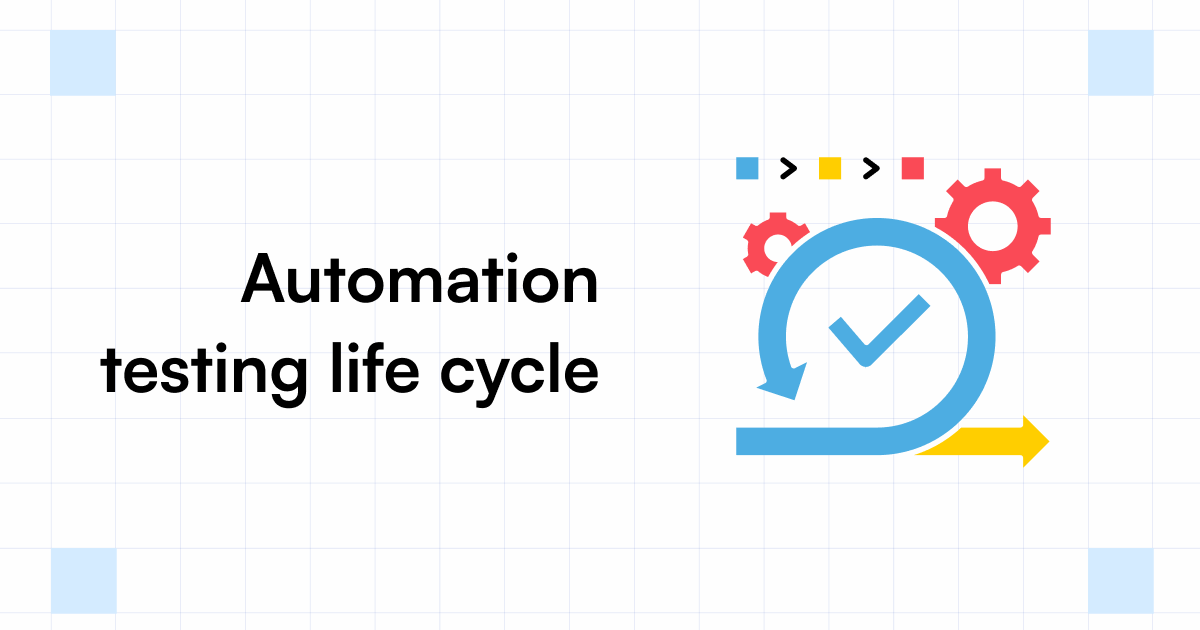From Guidebook to Automated Screening: A Comprehensive Overview to Transitioning Smoothly and Efficiently
In the world of software application testing, the change from handbook to automated procedures has actually come to be an increasingly vital transition for companies looking for to boost effectiveness and accuracy in their screening methods. The journey from handbook to automated screening is not without its obstacles, but when approached purposefully and with a clear plan in mind, the advantages can be significant.
Benefits of Automated Examining
Automated testing provides various advantages, boosting performance and accuracy in software program development processes. One primary benefit is the considerable reduction in testing time. Automated examinations can be run simultaneously on multiple devices and operating systems, significantly quickening the testing phase contrasted to hand-operated testing. This raised effectiveness permits for faster feedback on the high quality of the software, making it possible for designers to determine and attend to issues without delay.
In addition, automated screening makes certain a higher level of precision in identifying flaws. Consistency in testing is also boosted, as automated examinations carry out the very same actions precisely each time they are run.
Choosing the Right Devices

Firstly, assess your purposes and requirements. Recognize the range of your job, the technologies entailed, and the skill set of your group. This analysis will certainly assist you determine the attributes and capabilities you require in your testing tools.
Second of all, take into consideration the compatibility of the tools with your existing systems and processes. Smooth assimilation with your existing software advancement lifecycle is vital to make certain a smooth change to automation.
Furthermore, evaluate the scalability and versatility of the devices. As your screening needs progress, the tools should be able to adapt and accommodate adjustments successfully.
Finally, element in the support and community around the tools. Robust support and an active individual neighborhood can offer useful sources and help when executing automated screening. By carefully considering these aspects, you can select the right devices that straighten with your requirements and set the stage for an effective shift to automated screening.
Writing Effective Test Scripts

When crafting test scripts, it is Click This Link vital to think about the specific demands of the software program being examined and ensure that the manuscripts address all crucial functionalities. Clear and descriptive calling conventions for test manuscripts and test instances can boost readability and maintainability. In addition, incorporating error handling devices within the test manuscripts can aid in identifying and dealing with problems quickly.
Additionally, organizing examination manuscripts right into modular parts can boost reusability and scalability, decreasing redundancy and enhancing performance in test manuscript upkeep. Normal reviews and updates to evaluate manuscripts are important to keep speed with developing software program needs and functionalities. By complying with these principles, testers can develop durable and effective examination scripts that contribute considerably to the success of automated screening procedures.
Integrating Automation Into Workflows
By seamlessly incorporating automated testing tools like Selenium or This Site Appium right into the software application advancement lifecycle, teams can achieve faster comments on code changes, leading to quicker bug discovery and resolution. This assimilation permits for constant screening throughout the growth procedure, making certain that any type of issues are identified early on, resulting in greater software quality. Correct assimilation of automation tools needs cooperation in between development, screening, and procedures teams to establish a unified process that enhances performance and effectiveness in supplying premium software application items.
Guaranteeing a Smooth Shift
Successfully transitioning to automated screening entails precise planning and mindful execution to make best use of and reduce interruptions performance in the software advancement procedure - automation testing. To make sure a smooth transition, it is vital to start by conducting a complete assessment of the current screening processes and determining locations where automation can bring the most considerable advantages. Engaging with all stakeholders beforehand at the same time, consisting of designers, testers, and project managers, is essential for garnering support and buy-in for the automation campaign
Communication is key throughout this shift phase. Clear interaction of the goals, benefits, and assumptions of automated testing assists to handle any kind of resistance or worries that may develop. Furthermore, supplying adequate training and resources for employee to upskill in automation devices and methods is essential for making certain a successful change.

Final Thought
Finally, transitioning from manual to automated screening offers various benefits, including next page boosted performance and reliability. By selecting the suitable tools, composing efficient examination scripts, and incorporating automation effortlessly right into process, organizations can guarantee a smooth and successful change. It is important to embrace automation as a valuable property in software screening processes to improve overall high quality and performance.
In the realm of software program screening, the shift from guidebook to automated procedures has actually become a significantly crucial change for organizations looking for to improve effectiveness and accuracy in their screening techniques. Automated tests can be run concurrently on numerous gadgets and running systems, dramatically speeding up the testing stage contrasted to manual testing. Uniformity in testing is likewise improved, as automated examinations execute the very same steps precisely each time they are run.To make sure the successful application of chosen screening tools, the creation of reliable test manuscripts plays a vital function in verifying the capability and performance of automated processes - automation testing. By adhering to these concepts, testers can create durable and efficient examination scripts that add significantly to the success of automated testing processes